HELP! Loropetalum problems...
Alvan
10 years ago
Related Stories

STANDARD MEASUREMENTSThe Right Dimensions for Your Porch
Depth, width, proportion and detailing all contribute to the comfort and functionality of this transitional space
Full Story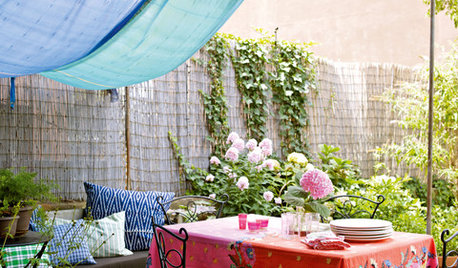
VALENTINE’S DAY5 Relationship Problems Solved by Design
Everyday issues driving you and your special someone apart? These design solutions can help mend your together time
Full Story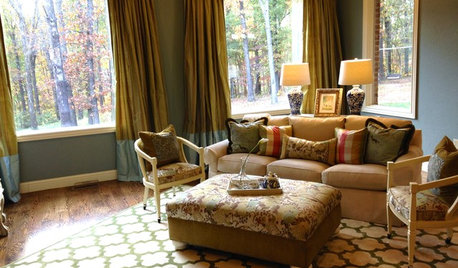
LIVING ROOMSA Living Room Miracle With $1,000 and a Little Help From Houzzers
Frustrated with competing focal points, Kimberlee Dray took her dilemma to the people and got her problem solved
Full Story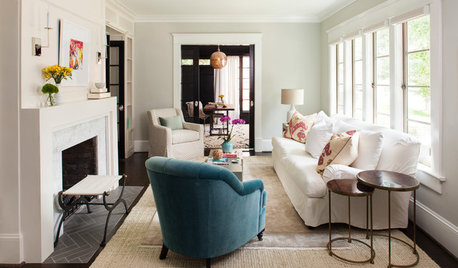
SHOP HOUZZShop Houzz: Small Spaces? No Problem
Save up to 70% on furniture perfect for snug living
Full Story0

GARDENING GUIDESSolve 3 Common Landscape Problems — With More Plants
Sometimes the best defense is a good offense
Full Story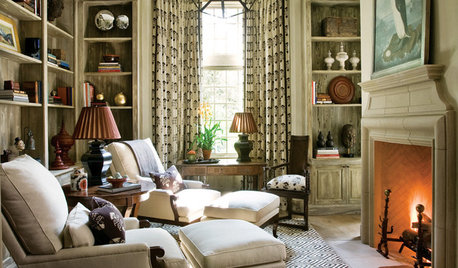
FEEL-GOOD HOMEBack Problems? Try Putting Your Feet Up
Consider these alternatives to that one-size-doesn’t-fit-all sofa to avoid slumping and spinal stress
Full Story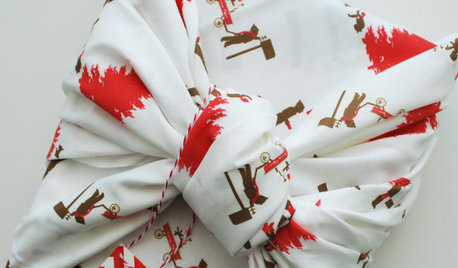
CHRISTMAS10 Quick Solutions for Last-Minute Holiday Problems
Sail right by potential decorating, hosting and gift-giving pitfalls with these invaluable nick-of-time tricks
Full Story
REMODELING GUIDESThe Hidden Problems in Old Houses
Before snatching up an old home, get to know what you’re in for by understanding the potential horrors that lurk below the surface
Full Story
HOUSEKEEPING10 Problems Your House May Be Trying to Show You
Ignore some of these signs and you may end up with major issues. We tell you which are normal and which are cause for concern
Full Story
LANDSCAPE DESIGNProblem Solving With the Pros: How to Build a Garden in an Urban Canyon
Skyscrapers, noise and deep shade create an unlikely sweet spot for a timeless green retreat in New York City
Full StoryMore Discussions






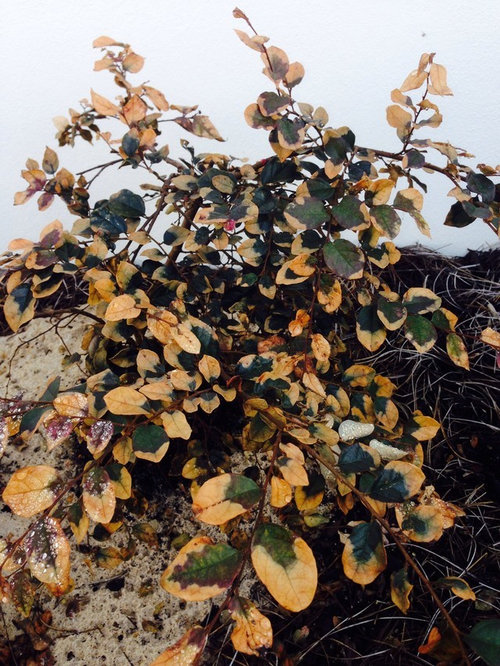

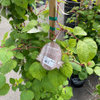
IanW Zone 5 Ont. Can.
ken_adrian Adrian MI cold Z5
Related Professionals
Vernon Hills Landscape Architects & Landscape Designers · Zion Landscape Architects & Landscape Designers · Burlington Landscape Contractors · Boca Raton Landscape Contractors · Dunwoody Landscape Contractors · North Haven Landscape Contractors · Pahrump Landscape Contractors · Paso Robles Landscape Contractors · San Carlos Park Landscape Contractors · Vermilion Landscape Contractors · Greenfield Landscape Contractors · Goulds Window Contractors · Beaumont Driveway Installation & Maintenance · Lenoir Decks, Patios & Outdoor Enclosures · North Myrtle Beach Decks, Patios & Outdoor EnclosuresAlvanOriginal Author
Embothrium
ken_adrian Adrian MI cold Z5
rhizo_1 (North AL) zone 7
Embothrium
davidrt28 (zone 7)